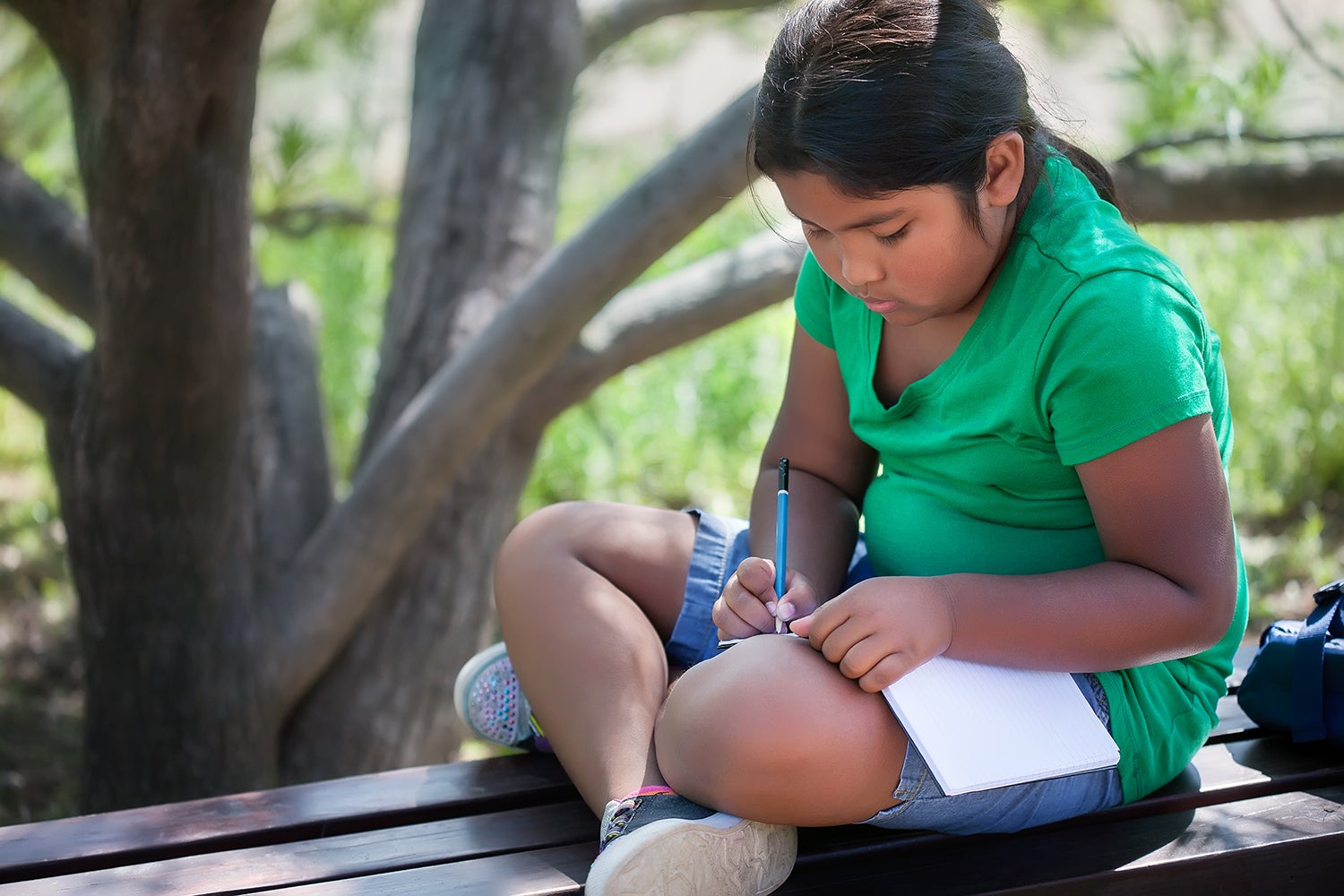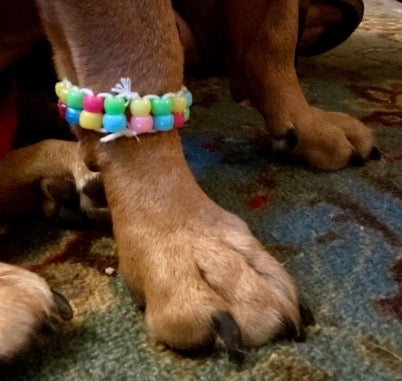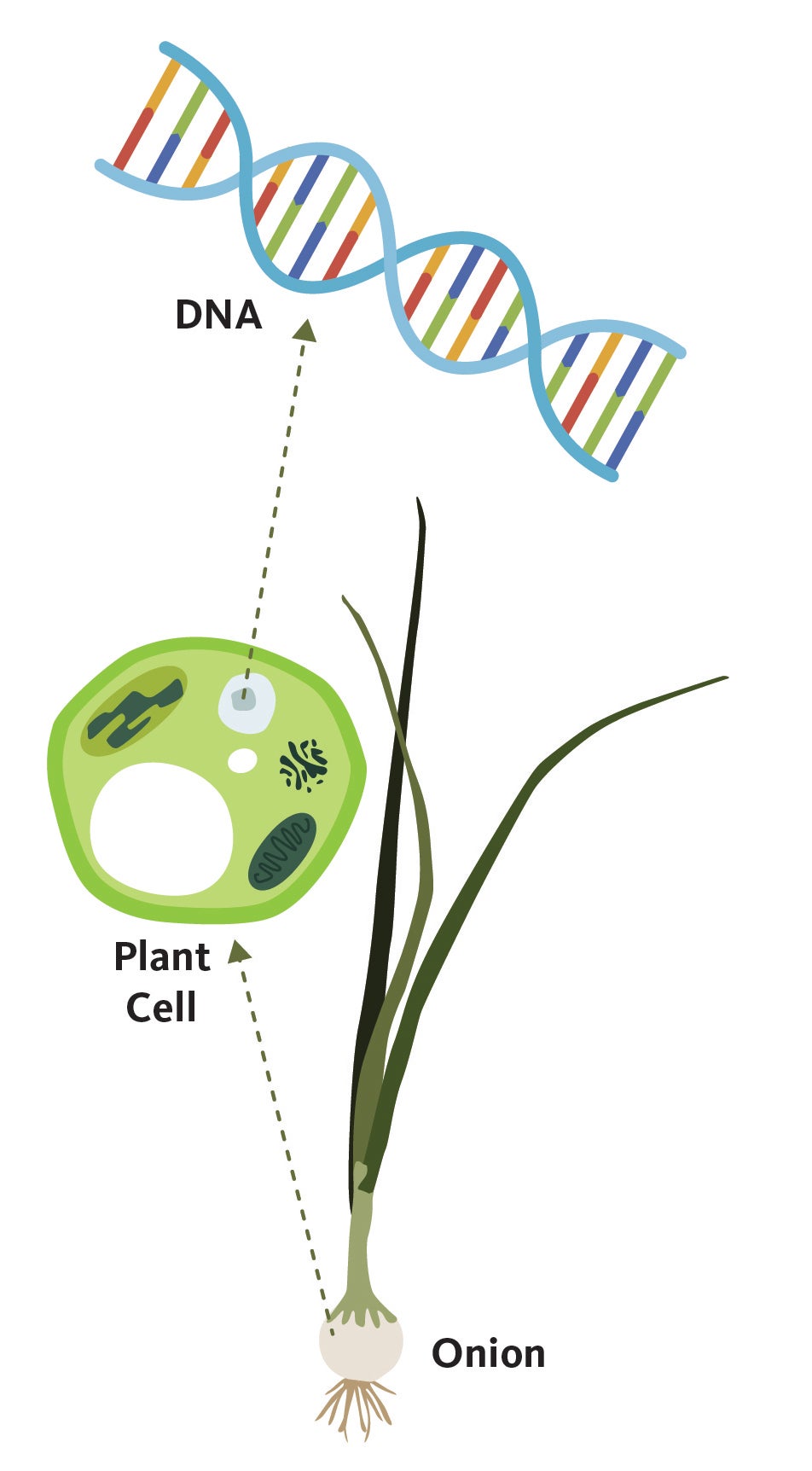Deoxyribonucleic acid—DNA for short—is the code behind all of life on Earth. DNA is a bundle of molecules located inside of the cells of every living thing—from tall trees to blades of grass, from blue whales to the smallest insects, and in you, too. It’s the genetic code that decides the features of each species (like whether you'll have wings or legs), as well as unique features just for individuals (things like hair color and height, which can differ from one person to the next). We can see some of the features that DNA determines, like eye color. Other features we can’t see, like blood type.
Each of the features that DNA codes for is an adaptation—a trait that helps an animal or plant survive and thrive in its environment. Birds have wings, an adaptation that helps them fly. Bears have sharp teeth and claws, adaptations that helps them hunt and fight. Fish have gills, an adaptation that helps them breath underwater. Explore the activities below to learn more!
GET CRACKING!
 | ACTIVITYMix-and-match Animal Cube
|
 | ACTIVITYCreate-a-creature!
|
 | ACTIVITYAnimal Poetry
|
 | ACTIVITYBaby Animal Match-up
|
 | CRAFTGenetic Code Bracelets
No beads? No problem! You can make your own beads from paper. Here’s how.
|
 | ACTIVITYDNA Extraction
|
The museum thanks the University of Oregon’s Wayne Morse Center for Law and Politics for its generous support of this program.
Explore our other at-home adventures
Please note: The University of Oregon has no control over the content offered by third party websites. Parents and guardians should monitor the online activities of their children to ensure the content is age appropriate and to ensure their children's safety.
